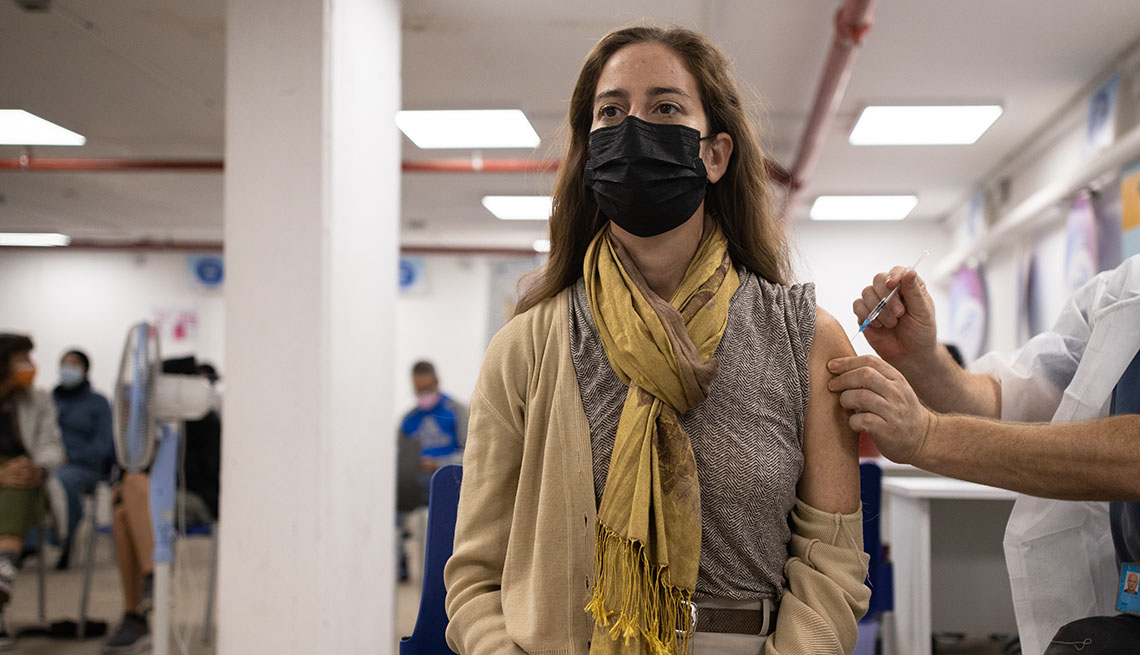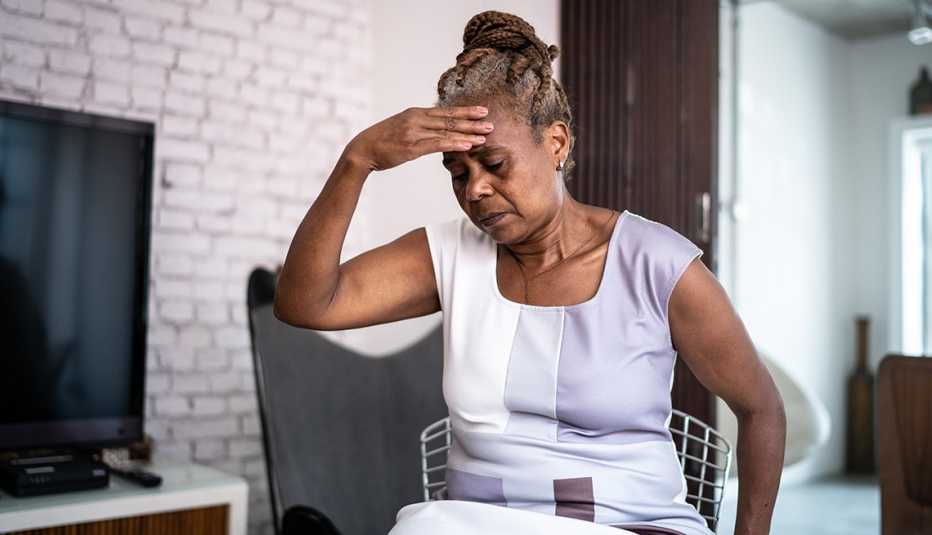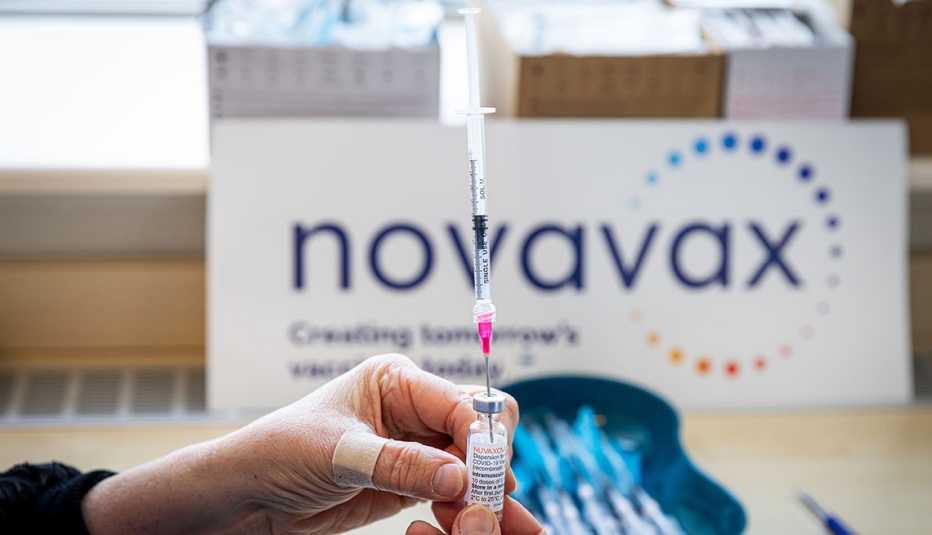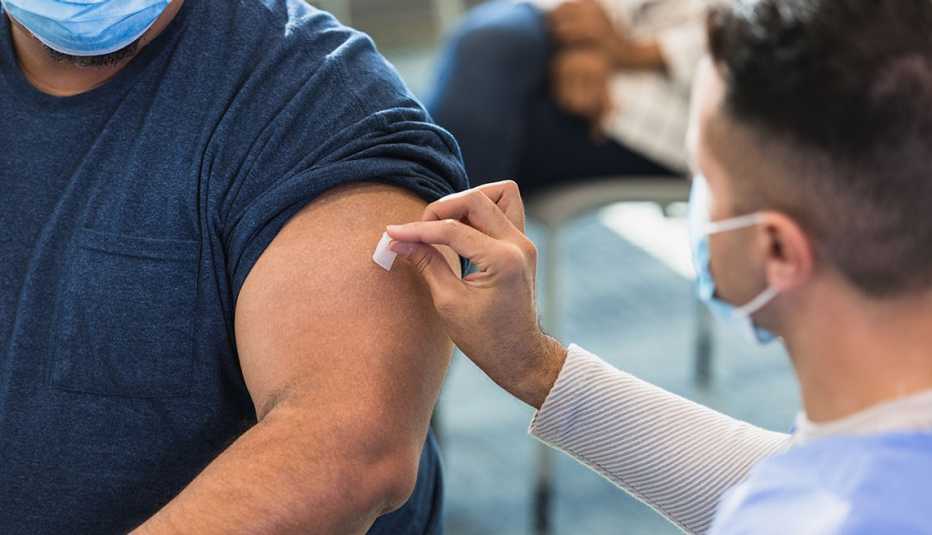Staying Fit
Nearly a year and a half after they first became available, the two most widely used COVID-19 vaccines are getting a refresh in an effort to offer a broader swath of protection against newer strains of the coronavirus that are behind a current surge of infections.
These so-called bivalent vaccines will include components of the original strain of the virus that causes COVID-19, but also omicron and some of its subvariants. And the updated shots could be ready this fall.


AARP Membership— $12 for your first year when you sign up for Automatic Renewal
Get instant access to members-only products and hundreds of discounts, a free second membership, and a subscription to AARP the Magazine.
Their anticipated arrival, however, does not mean you should hold off on getting boosted this summer. If you’re eligible for a booster now, be it your first or your second, “I would not wait,” White House COVID-19 Response Coordinator Ashish Jha, M.D., said in a July 25 news conference.
A big reason: “There’s a lot of virus right now,” says Meagan Deming, M.D., an infectious disease specialist and assistant professor at the University of Maryland School of Medicine. And the version of the virus that’s behind the majority of infections this summer, the omicron subvariant known as BA.5, has some structural differences from past strains that enable it to evade some of the immune defenses put in place by the vaccines or a previous infection. This is why, compared to earlier in the pandemic, we’re seeing more breakthrough infections and reinfections.
The vaccines still protect against severe disease for many, experts say, but immunity does wane over time, and some people — namely individuals more at risk for complications from COVID-19, including older adults — need that protection reinforced after a while.
That’s the point of the second booster, Deming says. It “bumps up the immunity” and “reminds the immune system to respond to this virus, and it dramatically reduces the severe disease.” In fact, Jha recently noted that “most deaths are happening in people who are not up to date with their vaccines.” (Being up to date means that you have all of the COVID-19 vaccines that have been recommended for you.)
Data from the Centers for Disease Control and Prevention (CDC) shows that people 50 and older who are fully vaccinated and have one booster under their belt are 4 times less likely to die from COVID-19 than unvaccinated people. With a second booster, they’re 29 times less likely to die than their unvaccinated peers.



































































